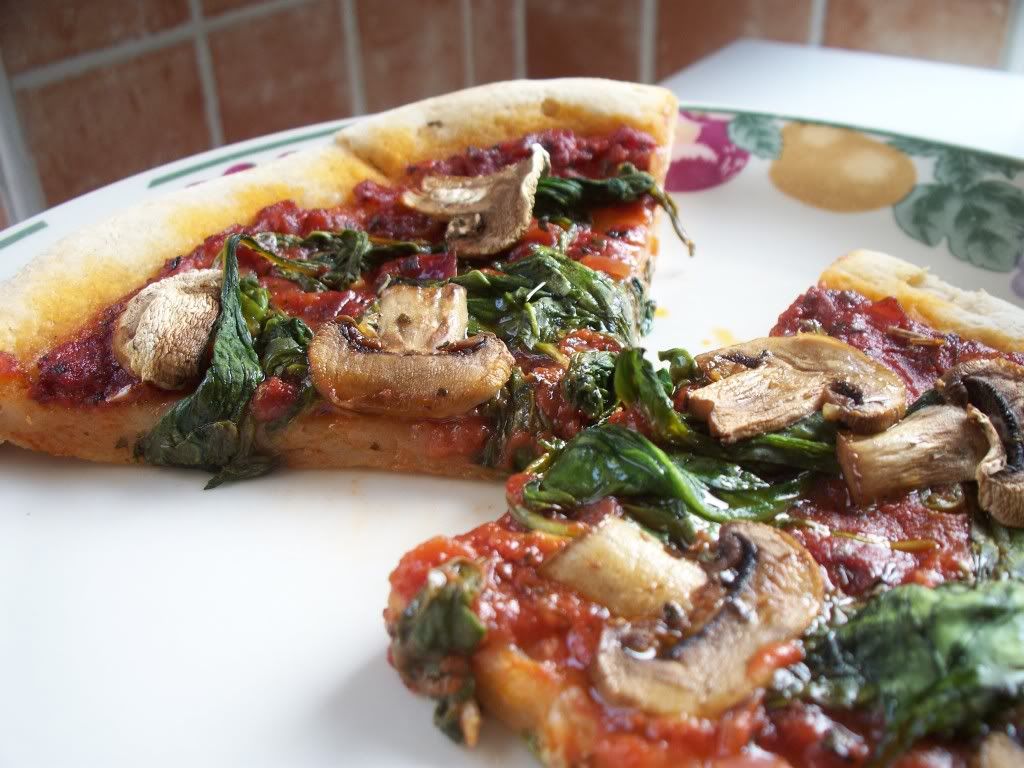Pizza. This is something I know people who can't have gluten really miss. I know some friends who haven't had pizza in 10 years, even 20 years! I've been experimenting with Pizza for at least the last year, trying to get it right, and I have finally come up with a recipe that works really well.
Sourdough is the trick. It just seems to give it the right flavour. It's magic.
And Psyllium Husk Powder helps tremendously as well with the taste and consistency.
First, read my recipe for Sourdough Starter. It needs to be made in advance before you can make the pizza.
I also add packet yeast to my pizza dough as well as the sourdough starter, as I always have difficulty with rising gluten free dough, and using both together seems to work very well where I have failed in the past. and as I said the sourdough gives the pizza the right flavour.
INGREDIENTS:
2 cups gluten free flour ( I use 1 cup rice flour and 1 cup any other mix of gluten free flour)
1 Tblsp Psyllium Husk Powder
1 sachet dried yeast (about 1 Tblsp)
1 tsp salt
1 Tblsp sugar (or golden syrup)
1 Tblsp olive oil
1 cup sourdough starter
1 - 1 1/2 cups water
Tomato Sauce
Toppings of your choice
METHOD:
1) In a bowl, combine flour, psyllium husk, yeast, salt and sugar.
2) Add the olive oil, starter and water until you get a soft sticky dough. I find a soft wet dough works better than a stiff dough.
3) Scoop the dough onto a greased pan, and using floured hands pat and spread the dough into a circle, or whatever shape you want, and to whatever depth you want, depending if you want a thick base or a thin base. (This amount for me makes two medium pizzas with a medium depth crust)
4) Cover with a cloth and leave in a warm place to rise for about an hour.
5) While the dough is rising, preheat the oven to190C/375F/Gas Mark 5. And prepare your toppings. Here is my recipe for Pizza Tomato Sauce.
6) Bake the pizza dough crusts first for 15 mins.
7) Spread tomato sauce over crust and add toppings of your choice. Drizzle olive oil over the pizza and sprinkle oregano and black pepper over.
8) Bake for 20 to 25 mins.



